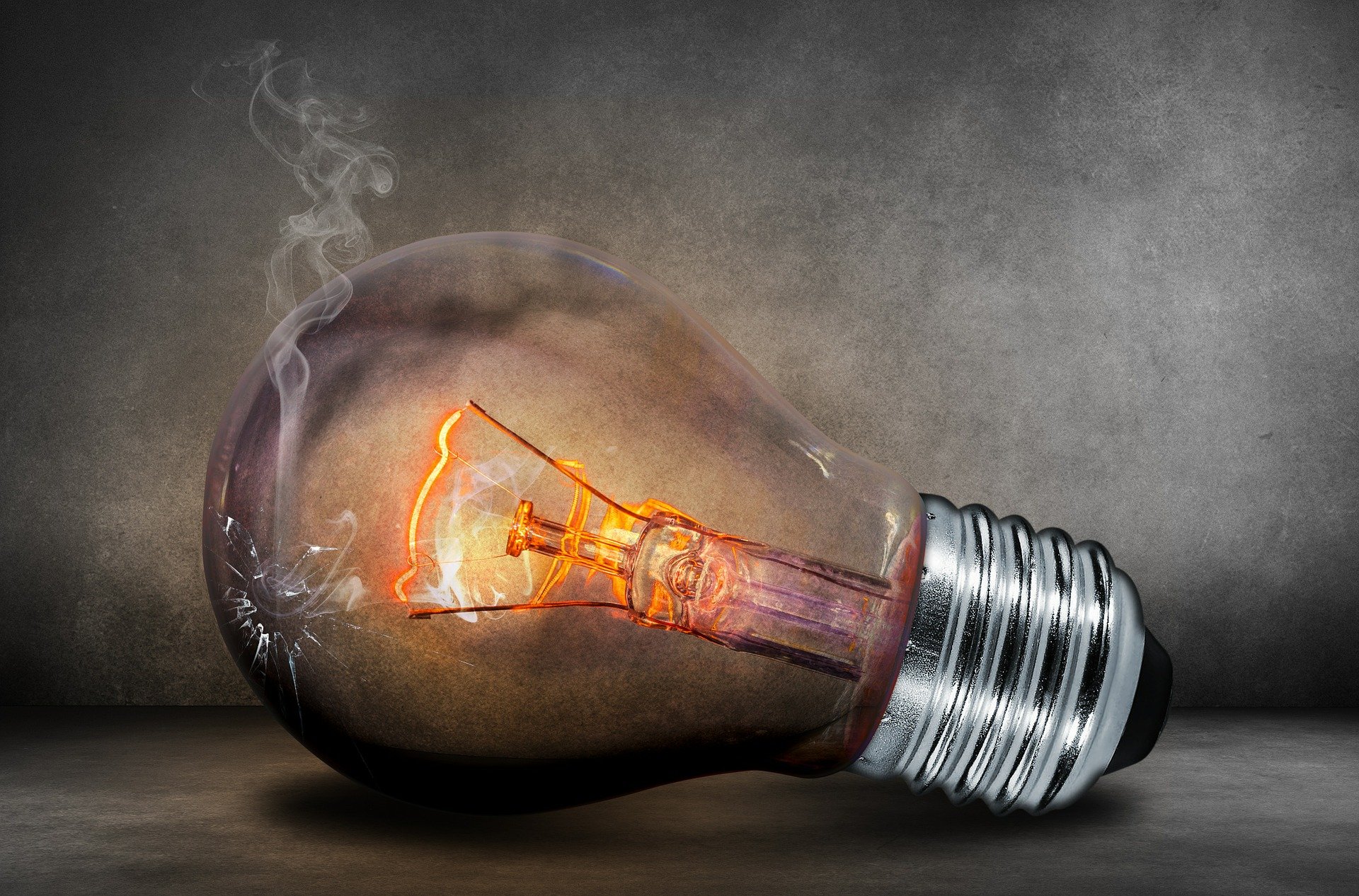#edgeforex #forexsignals #forextrading #forex #market #european #energy #crisis #moscow #analysts #putin #gas #uk #cryptocurrency #bitcoin
A European energy crisis is looming amid Russia-Ukraine tensions, causing the EU to lose 1-2 percent of its GDP. With Russia’s ruble payment for natural gas taking effect on Friday, Europe’s time to deal with the looming gas cutoff threat is running out. Analysts predicted that this would not only cause the EU to face an unprecedented full-fledged energy crisis, but would also have a ripple effect throughout its manufacturing, logistics, and other service sectors, undermining European GDP by 1 to 2 percent and even leading to a political crisis.
According to analysts, the bloc’s options are limited because the alternative LNG shipment from the US cannot meet demand in the short term, and Europe is also severely lacking in LNG-receptive infrastructure.
Moscow said gas will continue to flow, with payments for supply beginning April 1 due by the end of the month or early May, providing relief to Europe, whose leaders have said they will not comply with Russian President Vladimir Putin’s ruble payment decree.
These dire consequences appear to be very ironic, as Washington stands to profit handsomely from the Russia-Ukraine conflict, while the interests of its European allies are jeopardised or even sacrificed, observers said, noting that Europe could become one of the most significant victims of the US advancing its global hegemony.
Putin announced that the ruble payment for “unfriendly” countries’ natural gas purchases went into effect on Friday.
Foreign buyers will be required to open special ruble and foreign currency accounts with Russia’s Gazprombank JSC to handle payments under the new rule.
European leaders have refused to pay in rubles, claiming that it violates existing contracts. While the Baltic country of Lithuania announced on Saturday that it has completely discontinued Russian gas imports, other European countries have yet to state their position or backup plans.
While the political wrangling would continue, and European leaders may band together to bolster their tough political stance against Russia, analysts predicted that actual practises would be eased.
Russia supplies more than 40% of Europe’s total natural gas supply and 50% of Europe’s coal supply. According to reports, the price of European natural gas increased by 34% following the ruble payment decree.
Analysts have warned that a further increase in natural gas prices could drive up living costs for ordinary Europeans, adding to inflationary pressures and even exacerbating political crises.
According to Investec Bank, the UK’s energy price cap could rise by another 50% in October, to more than 3,000 pounds per household, due to concerns about European gas supply disruptions.
According to data released by the Federal Statistical Office of Germany, German consumers’ spending on household energy and fuels increased by 22.5 percent year on year in March.
On Wednesday, Germany issued an early warning in its national gas emergency plan, urging its citizens to reduce their energy consumption. Steelmaking, papermaking, and logistics are among the energy-intensive industries in the country, according to reports. Some operations have had to be halted because they are unable to afford the skyrocketing energy prices.
According to media reports, Germany’s emergency plan has three stages, with the final stage activated only when “there is exceptionally high demand for gas or significant disruption in gas supply, with all market-based measures implemented and supply still insufficient.”
According to a report issued by the European Commission on February 10, before signs of an energy crisis emerged, the EU economy is expected to grow by 4% in 2022.
The United States and Europe reached a major LNG agreement in March, under which the US will supply the EU with at least 15 billion additional cubic metres of LNG by the end of the year. “Realistically, US LNG shipments are also unable to fully cover the gap left by Russia’s natural gas imports, let alone higher logistical costs,” Lin said.
According to another Reuters report, US exporters have shipped record volumes of LNG to Europe for three consecutive months, as prices have increased tenfold over the previous year.

